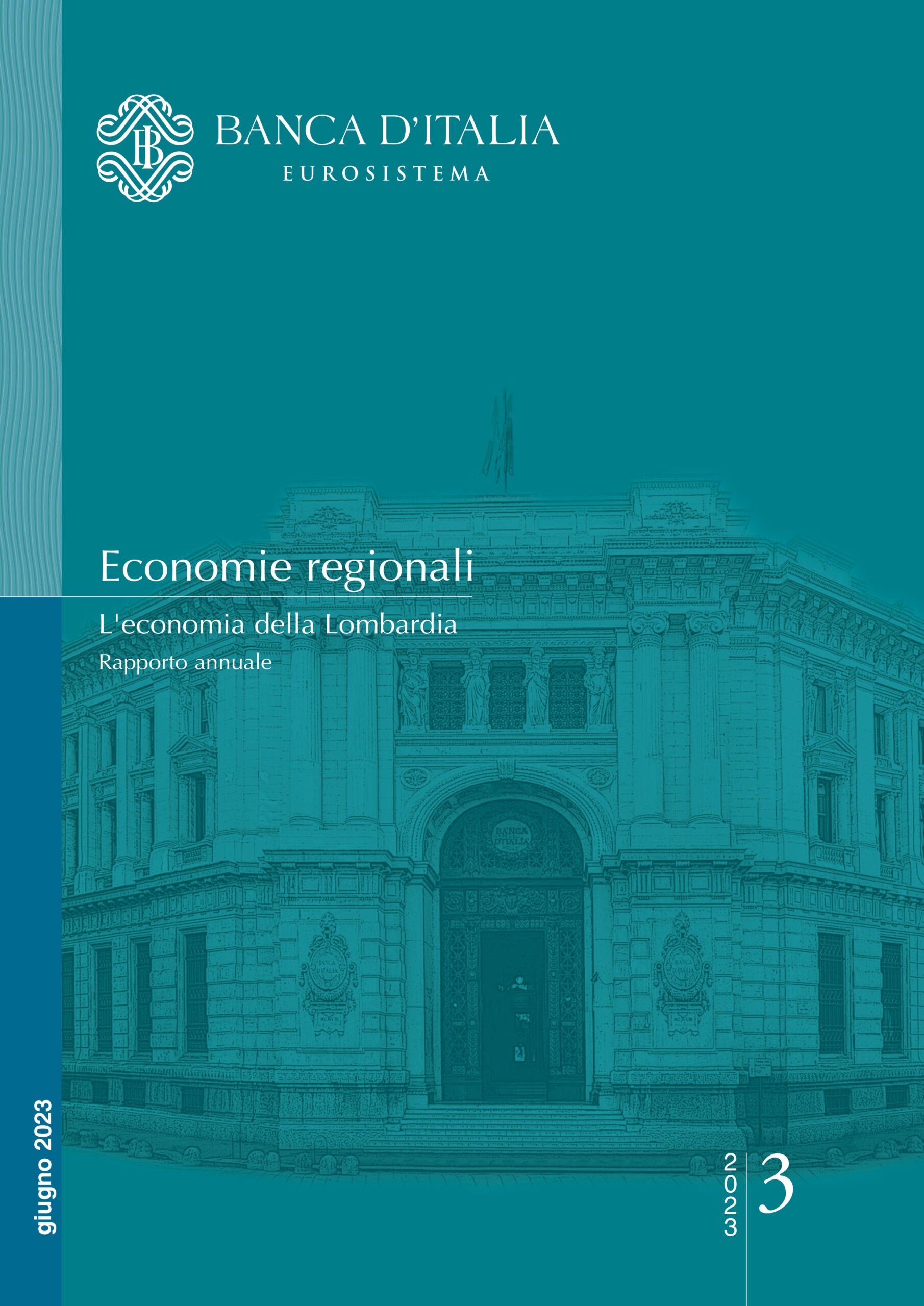ANOTHER INTERVENTION IN THE BANKING SECTOR: THE ECB INTERVENES ON THE SREP METHODOLOGY FOR CREDIT RISK. A NEW APPROACH TO THE HORIZON?
The SREP (Supervisory Review and Evaluation Process), better known as the “supervisory review and evaluation process”, consists of a periodic assessment and measurement of the risks carried out by the Supervisory Authority in relation to the individual credit institution. In particular, this activity translates into summarizing the results that emerged from the analysis of a given year and, consequently, into indicating to the bank the corrective action that it will have to carry out within a given term. The SREP decision, therefore, is tailored to the profile of the individual institution and involves both capital requirements linked to capital and liquidity risk, and the organizational structure, i.e. the governance and internal risk management by the administrative body. Well, the ECB recently published a document relating to the credit risk assessment process, thus integrating the guidelines of the EBA (European Banking Authority) and of the ECB itself on the SREP methodology. However, in the light of the recent Credit Suisse affair, it is legitimate to ask whether the strengthening of the control exercised by the Supervisory Authorities over credit institutions with regard to the management of risks – patrimonial and otherwise – can be said to be counterbalanced by an effective guarantee of system stability credit. In fact, it should be remembered that the Swiss giant fully complied with the parameters dictated by Basel III in relation to liquidity risk – i.e. the minimum liquidity constraints represented by the LCR (Liquidity Coverage Ratio) and NSFR (Net Stable Funding Ratio) indices – and , however, was still overwhelmed by the financial default. It is now undisputed that the balance of the banking system is also affected by factors unrelated to strictly financial profiles and inherent to communication and the reputational aspect. In this sense, it is important to reflect on a new approach which, in addition to dictating economic-financial parameters, also allows us to look at the sociological-communicative profile of bank management in the future.









